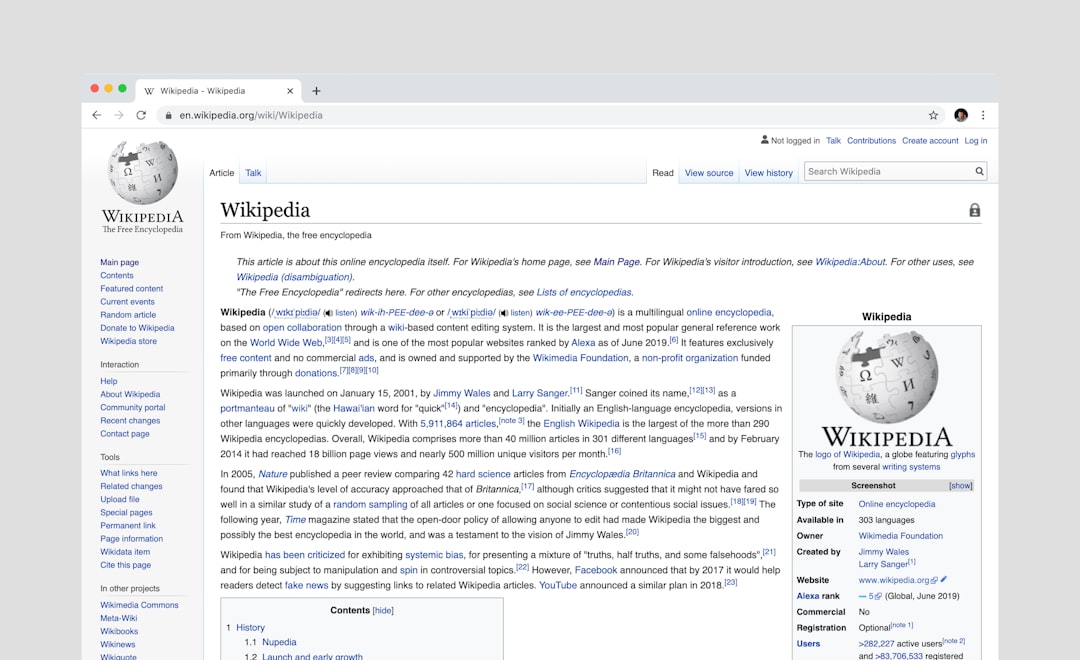What is it about?
This paper will propose a new system that produces a metric that is an indicator of the level of peer review conducted prior to the publication of scholarly material. Once a paper is accepted the calculation is conducted and a “peer review evaluation” metric, or “Peer Review Evaluation Score” (pre-SCORE) is available.
Featured Image
Why is it important?
PRE-score would prove beneficial to all engaged parties (authors, publishers, readers, libraries). Authors will know that their work is being evaluated by a trustworthy publication and by experts in their field. Legitimate, ethical publishers will be recognized as such. Readers would have the ability to filter out material which was not properly vetted, and libraries/consortia would have further assurance that their limited funds are spent wisely.
Perspectives
This idea evolved into PRE, a service to validate peer review without the metric piece. Interesting that with all the talk of transparency in peer review etc. Most publishers are still hesitant to open up the black box even a little bit.
Mr Adam Etkin
Springer Publishing Co
Read the Original
This page is a summary of: A New Method and Metric to Evaluate the Peer Review Process of Scholarly Journals, Publishing Research Quarterly, December 2013, Springer Science + Business Media,
DOI: 10.1007/s12109-013-9339-y.
You can read the full text:
Resources
PRE Home Page
PRE Home Page
A Metric for the Quality of Peer Review: Interview with Adam Etkin of PreSCORE
Scholarly Kitchen Interview with Adam Etkin of PRE-score
AFTER THE #PRWDEBATE – INTERVIEW WITH ADAM ETKIN
AFTER THE #PRWDEBATE – INTERVIEW WITH ADAM ETKIN
PRE-score: Peer Review Evaluation Score New metrics and services for scholarly journals
EON Newsletter Article
Development partnership between STRIATUS/JBJS and Aries Systems will facilitate generation of PRE-score
Development partnership between STRIATUS/JBJS and Aries Systems will facilitate generation of PRE-score - a new metric used to evaluate the quality of peer review undertaken by scholarly journals
Adam Etkin's Open Peer Review Presentation from CSE 2014
PRE-score Managing Director, Adam Etkin's Open Peer Review Presentation from CSE 2014
Adam Etkin's PRE-score STM Spring 2014 Flash Session
PRE-score Managing Director Adam Etkin's PRE-score STM Spring 2014 Flash Session
Contributors
The following have contributed to this page










